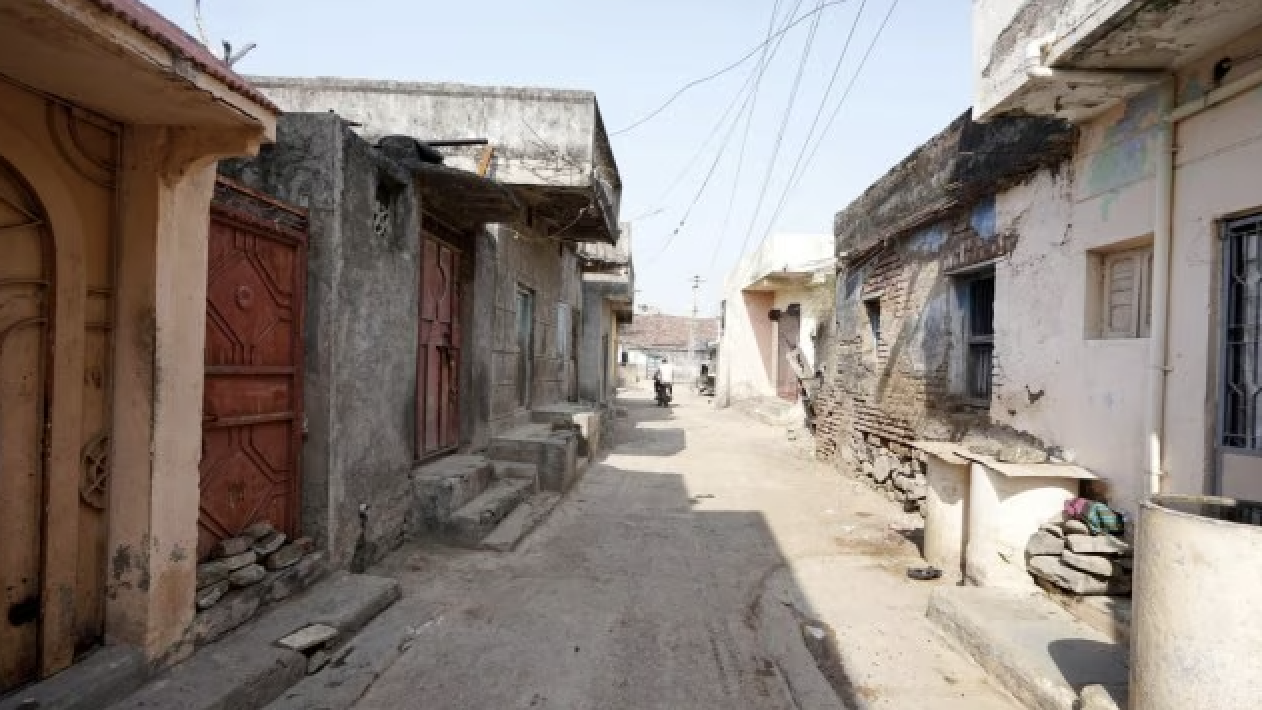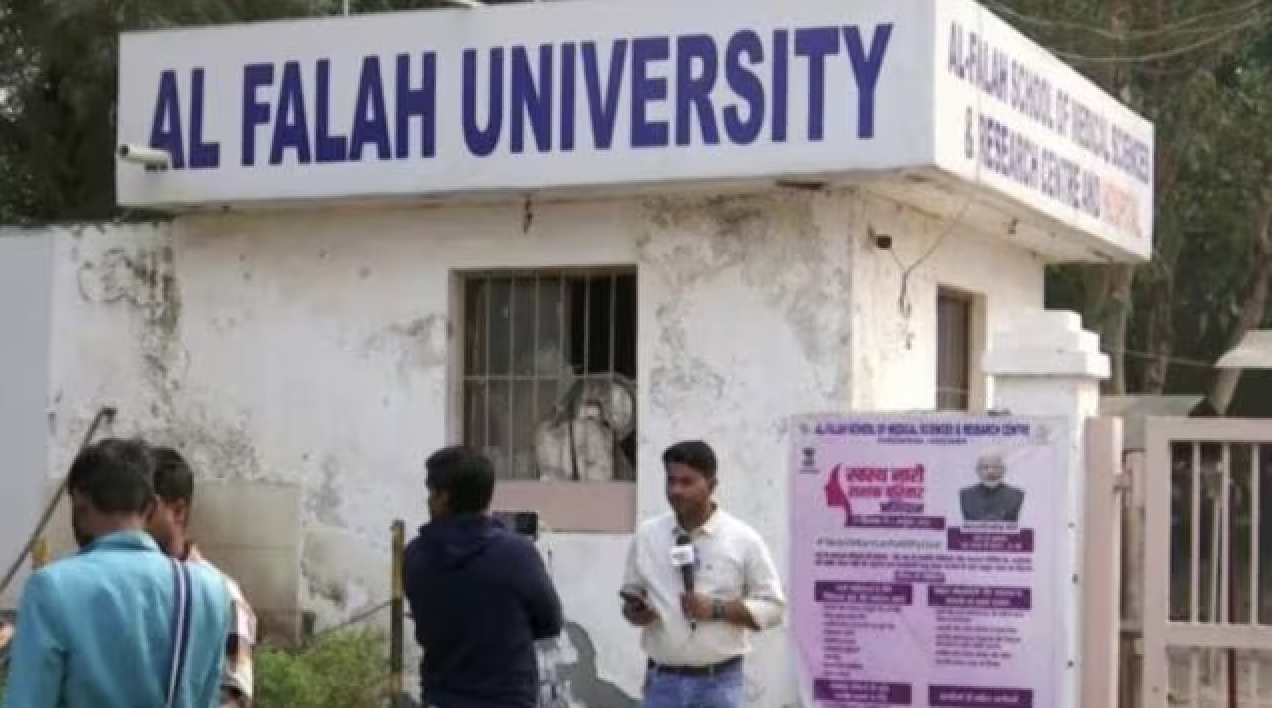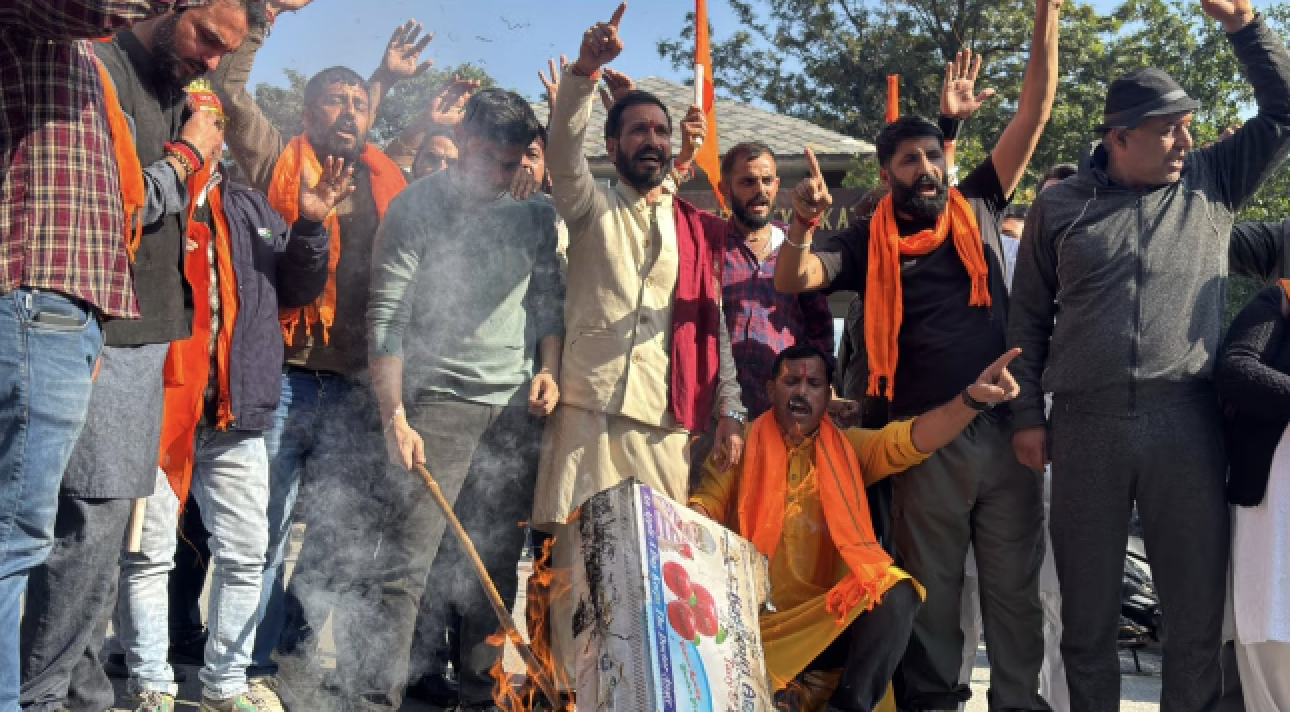
By Samir Bhan
At night, the city of Ayodhya in northern India glows. Revered in Hindu mythology as the birthplace of Rama, Ayodhya has long been central to the country’s religious and political imagination. In 1992, the demolition of the centuries-old Babri Masjid by Hindu nationalist mobs triggered nationwide riots and deeply altered India’s secular foundations.
Today Ayodhya is the centerpiece of India’s temple revival. The newly built Ram Mandir, a grand Hindu temple constructed on the ruins of the demolished mosque and opened in January 2024, now dominates the city’s skyline. Its sandstone spires are lit by floodlights that cast long shadows over a city reimagined through memory, myth, and stone.
Pilgrims walk along the Ram Path, a broad state-funded corridor that leads to the temple. They pass murals, LED screens, uniform shop fronts, and widened roads. Older homes and businesses have been cleared to make way for polished facades and controlled movement. The government presents this as development and beautification. It is billed as a fusion of ancient faith with digital efficiency, a model for India’s Smart Cities Mission.
But Ayodhya’s transformation is not only about infrastructure or tourism. It is a political project. The redesign of the city reflects a broader strategy by the ruling Bharatiya Janata Party (BJP) to reshape public space in line with Hindu nationalist ideology. What appears as heritage restoration is in fact the construction of a singular religious identity at the expense of the pluralism that once defined Indian cities.
Hindutva Urbanism
The transformation of India’s cities is not simply about beautification or heritage. It is a political project — one that uses infrastructure to embed Hindu majoritarianism into the very fabric of urban life. These remade cities are becoming campaign stages and ideological showrooms, shaping the terrain where the battle over identity and belonging is fought.The transformation of India’s cities is not simply about beautification or heritage. It is a political project.
In recent years, cities like Ayodhya, Varanasi, and Ujjain have become showcases for a new kind of state-driven urbanism. These cities are not just undergoing upgrades in roads or public services; they are being reshaped as sacred landscapes, aligned with the political ambitions of Hindu nationalism. Infrastructure is now a tool of ideology, and urban planning is no longer neutral.
Following the consecration of the new Ram Mandir, Ayodhya is being reimagined. The Uttar Pradesh state government has announced a government plan worth approximately US $108 million (900 crore rupees) to construct a 20-kilometer ceremonial road called Bharat Path, linking the temple to key sites across the city. Chief Minister Yogi Adityanath calls it a global religious and cultural hub. In other words, a Hindu civilizational capital.
This story was originally published in jacobin.com. Read the full story here.





